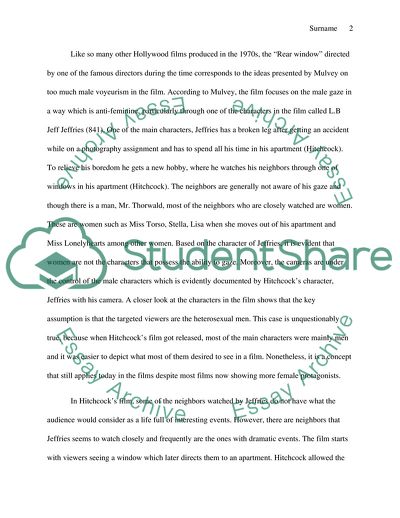Cite this document
(The male gaze and Hitchcock's Rear Window Movie Review, n.d.)
The male gaze and Hitchcock's Rear Window Movie Review. https://studentshare.org/gender-sexual-studies/1876283-the-male-gaze-and-hitchcocks-rear-window
The male gaze and Hitchcock's Rear Window Movie Review. https://studentshare.org/gender-sexual-studies/1876283-the-male-gaze-and-hitchcocks-rear-window
(The Male Gaze and Hitchcock'S Rear Window Movie Review)
The Male Gaze and Hitchcock'S Rear Window Movie Review. https://studentshare.org/gender-sexual-studies/1876283-the-male-gaze-and-hitchcocks-rear-window.
The Male Gaze and Hitchcock'S Rear Window Movie Review. https://studentshare.org/gender-sexual-studies/1876283-the-male-gaze-and-hitchcocks-rear-window.
“The Male Gaze and Hitchcock'S Rear Window Movie Review”. https://studentshare.org/gender-sexual-studies/1876283-the-male-gaze-and-hitchcocks-rear-window.


